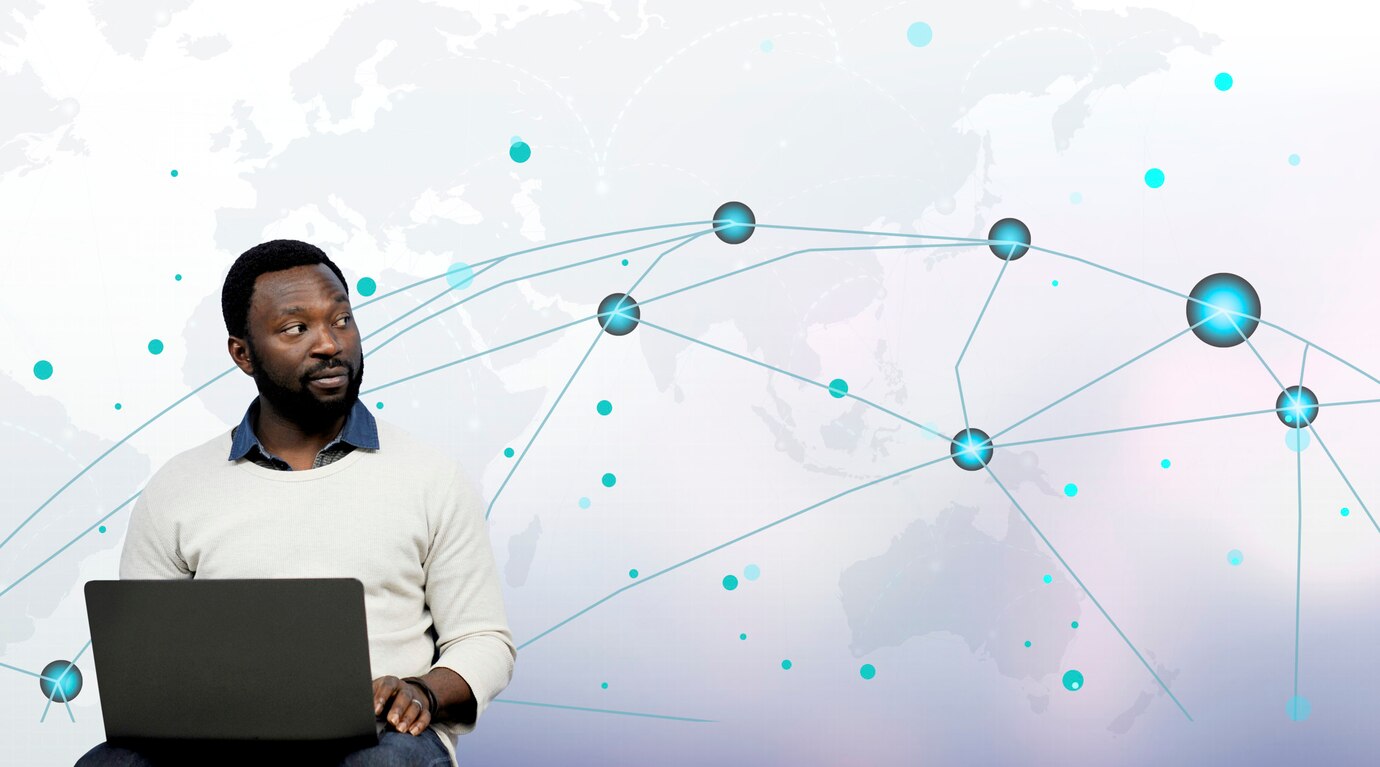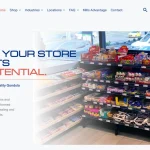In 2024, the regulatory compliance market grew to $75 billion. This figure shows how important efficient certification processes have become for the modern connected economy.
Businesses that wish to succeed worldwide now depend on Global Market Access (GMA). It’s no longer optional—it’s necessary.
When companies move from their home countries, with their growing size, they start to have to face more complicated regulatory requirements as well as certification processes.
This article examines how GMA is changing and looks to the innovations that will shape the brand’s future, with practical advice on using technology and expertise to remain competitive globally.
Let’s dive in.
1. What Global Market Access Looks Like Today

Now, more and more businesses have to deal with diverse regulations across different markets. Each country can do what it wants; some think about safety testing, and others think about the environment.
This complexity creates real challenges. There are multiple paths with different timelines to handle, and companies must handle those paths. Such files require large technical management that follows different international standards.
Delays or rejections from mistakes can be costly and time-consuming. That’s why predictability in certification is important.
For these problems, companies are now using Global Market Access solutions that bring regulatory data into one place to automate workflows.
2. New Tools Making Global Market Access Easier
New technology is dismantling the old walls that existed in certification processes. Nowadays, products, projects, and certifications are connected to digital platforms. This helps companies deal with numerous regulatory processes in one go at the same time, which reduces the work.
Real-time tracking systems give an instant update on the certification milestone. The process becomes more predictable, and companies can spot and fix problems quickly.
Now, digital tools churn out instantaneous quotes for more than 200 countries and warn you before certificates expire. These advances are a time saver, fill a compliance gap, and are helpful for businesses to plan.
3. Using Technology for Better Visibility and Control
Digital tools do more than automate certification—they give businesses full visibility into their compliance efforts across global markets.
Integrated dashboards show real-time updates for every step of certification. Project managers can simultaneously see document uploads, sample shipments, test results, and approval status. This transparency helps them spot potential problems early.
Modern systems offer country-specific schedules that match local regulatory timelines. This ensures product launches align with market requirements and helps manage delivery expectations worldwide.
Digital platforms also connect teams across departments. With integrated messaging, shared dashboards, and collaborative document editing, everyone works from the same information. This reduces miscommunication and makes the certification process more efficient.
4. Keeping Up with New Rules and Changes
Regulations worldwide change constantly, requiring businesses to stay flexible. Recent changes show this clearly.
Brazil has updated its certification rules for Internet of Things devices to address privacy, security, and compatibility concerns. Manufacturers must now meet tougher testing standards and update their documentation.
Indonesia has introduced new regulations for Wi-Fi 6E and Wi-Fi 7 technologies. These rules ensure products can handle more data with less delay, especially in crowded areas.
These changes show why businesses need to monitor regulatory trends constantly. Companies use digital tools and expert advice to comply with current and future regulations.
5. Why Expert Knowledge Matters in Global Markets
Technology facilitates compliance, but there is no substitute for human expertise in these global markets.
They have deep knowledge of international regulation. They can understand complex requirements, spot subtle changes in the standard, and develop business strategies to support various markets.
They are not content with just guiding companies through certification. They liaise with regulatory bodies, negotiate on behalf of businesses, and advise clients on taking advantage of incentives.
Carrying out risk management with specialists will help find potential problems before they become apparent. Quality checks and backup plans to fight off delays and financial losses are implemented, so they reduce the risk of being delayed and financial losses.
6. What Businesses Can Expect Next

In the coming years, these and many more developments will reshape Global Market Access and give forward-thinking companies many opportunities to create the industry’s future.
Digital-first platforms are becoming essential. Not only do these systems streamline certification, but they use predictive analytics to predict regulatory changes so that workflows are automatically adjusted. That way, delays are reduced, and efficiency is improved.
Currently, the focus of designation processes is sustainability. Green standards and environmental assessments are becoming requirements. Meanwhile, AI tools evaluate the data to forecast regulatory shifts; IoT devices monitor product performance in real-time.
This gives them an advantage in adapting quickly to new regulations. Businesses that use technology-driven certification solutions with decades of experience in the market can speed up market entry at low risk.
Conclusion
Global Market Access involves a dual track of innovation and expertise. Take advantage of current tools like real-time tracking systems and partnering with skilled companies to simplify the process and give you more time to succeed.
Apply these modern strategies to gain endless opportunities for efficient, clear, reliable global market access. What you do today determines the success of your international business.







